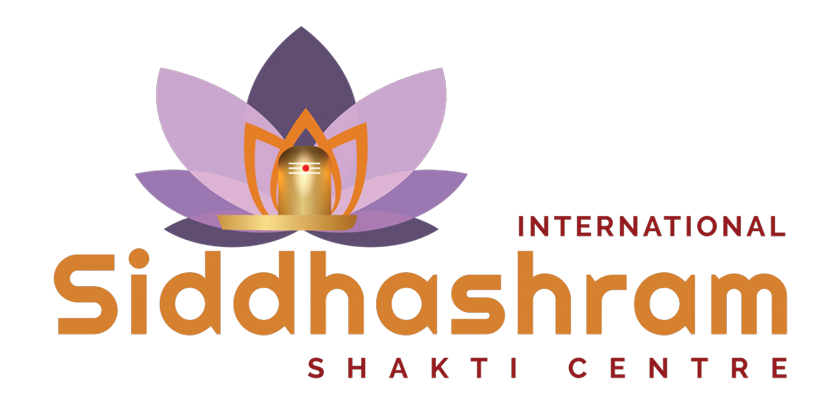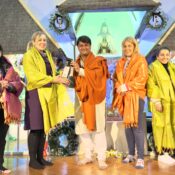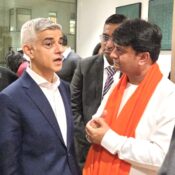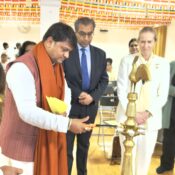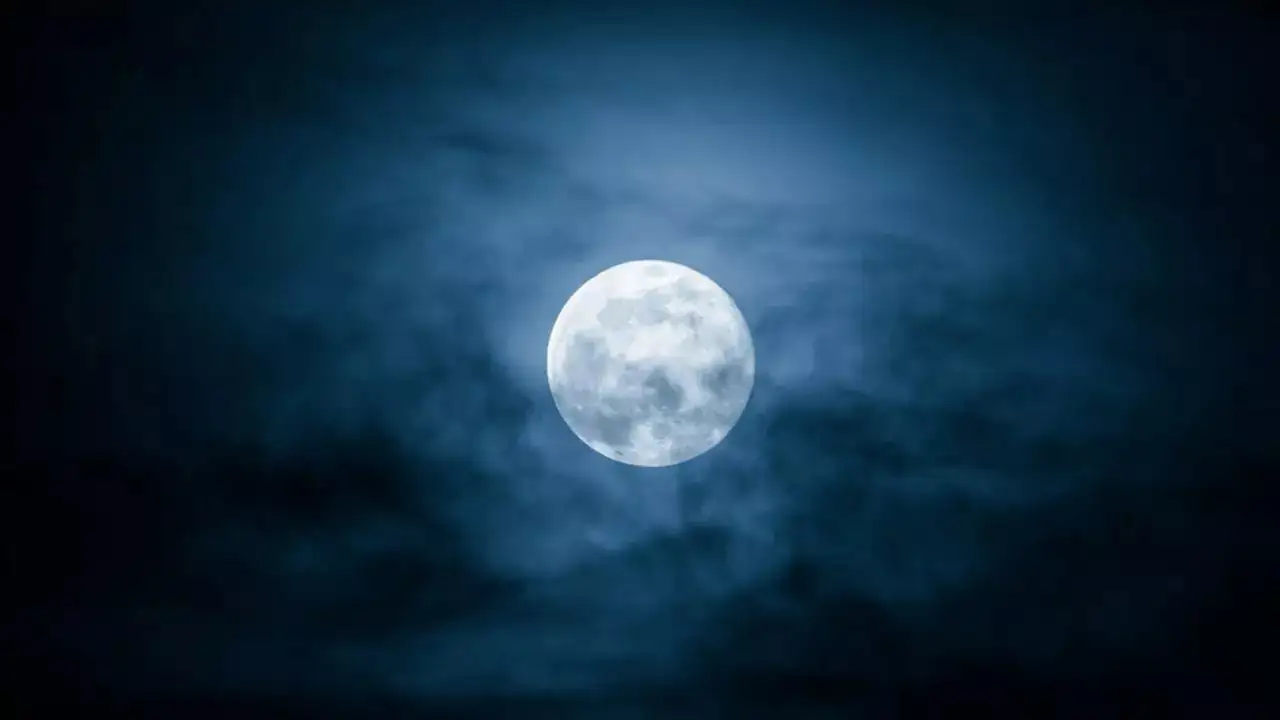
Full Moon (Purnima) and Its Importance in Sanatan Dharma
Have you ever stood under the cloudless evening sky of Purnima when the full moonlight glows at its brightest? This seems like the best magical moment, and at this time anyone feels calmer, time seems to slow down, and even one’s thoughts appear a little softer.
This is one side of Purnima, but if we look at the other side, then as per Sanatan Dharma, it is more than just a beautiful sight. In the Hindu calendar, it is regarded as one of the most revered and spiritually empowered occasions. It is the time when nature, mind, and spirit all come into one alignment, and for thousands of years, this powerful night has been appreciated for doing prayers & making connections with the divine.
What is Purnima?
Purmina comes once in each lunar month when the sun fully throws its light on the moon. It is known as the brightest and most complete phase of the moon. Indian tradition holds the belief that the moon exercises a larger influence on the mind and emotions. Just as the moon raises and lowers tides in the ocean, it is said to happen the same to our inner world. It impacts our thoughts, feelings, and even our spiritual energies.
That is why many of us experience more emotional and reflective times during the full moon. Our ancient Rishis understood this connection and viewed Purnima as a special day for spiritual rituals.
Why is Purnima Believed to Be So Special in Sanatan Dharma?
In Sanatan Dharma or Hinduism, everything in nature is assumed to be connected with divine energy. Natural things like the sun, the moon, rivers, trees, and even the wind are seen in the form of sacred ones. Among all of them, the moon gets a special place because many people acknowledge its connection with the mind. And if we talk about the full moon, it directly relates to a brightened mind that is ready to seek clarity, peace, and blessing.
Many people also keep fast (vrat) on Purnima, visit temples, perform special puja (rituals), and spend time doing prayer or meditation. It seems that any good action done on this day yields multiple results, whether it is giving charity, chanting mantras, or sitting in simple silence.
Some Major Purnima Festivals in Hinduism
You may notice that many Hindu festivals come on the day of Purnima. All the Purnimas that occur throughout the year have their own significance, behind the story and spiritual importance. Some of those major days are as follows:
Guru Purnima (Purnima of Ashadha month)
This full moon of Guru Purnima is a day that upholds the value of the Guru. This day is spent in gratitude and honoring the Guru for directing us from darkness into light. It is also believed that on this day, Maharishi Veda Vyasa, author of the ancient Indian epic, Mahabharata, was born. This is a powerful time for learning, devotion, and self-discipline.
Sharad Purnima (Purnima of Ashwin month)
Sharad Purnima is also known as Raas Festival Night, viewed as the deeply festive evening when Sri Krishna engaged in Raas Leela with the Gopis of Vrindavan. It is believed that the sacred elixir or Amrit showers from the moon tonight. By staying awake, singing bhajans, and performing sadhana, one can yield great spiritual rewards from this full moon.
Kartik Purnima (Purnima of Kartik month)
This Purnima is considered to be among the holiest spiritually celebrated days of the Hindu year. On this full moon day, Lord Shiva was victorious over the Tripurasura demon, and secondly, it is believed that on this full moon day, Lord Vishnu also came in his first avatar as Matsya (fish). Devotees immerse in the sacred river like the Ganga on this day, donate lamps & other offerings, and worship Lord Shiva/Lord Vishnu. It is also celebrated as Dev Diwali.
Chaitra Purnima (Purnima of Chaitra month)
Among many Hindu people, Hanuman Jayanti is celebrated joyfully in this Purnima. It is also said to be the birth anniversary of Lord Hanuman. This Purnima is a great symbol of faithfulness, fortitude, and selfless service. Many devotees give importance to doing Satyanarayana Puja on this special day.
Conclusion
This sacred full moon or Purnima occasion is not regarded as merely a natural event, but it is believed to be a highly spiritual period in Sanatan Dharma. At Siddhashram, we understand that in the time of normal life rushing by, this full moon day offers a unique opportunity to reunite with the spirit of one’s inner self. This fullness of the moon reminds us to make our potential whole, balanced, and filled with light.
So, next time when you see the full moon, remember that some spiritual energy is also shining within you like that moon. It is a clear indication to seek light, animate mindfully, and walk the eternal path of Sanatan Dharma.
